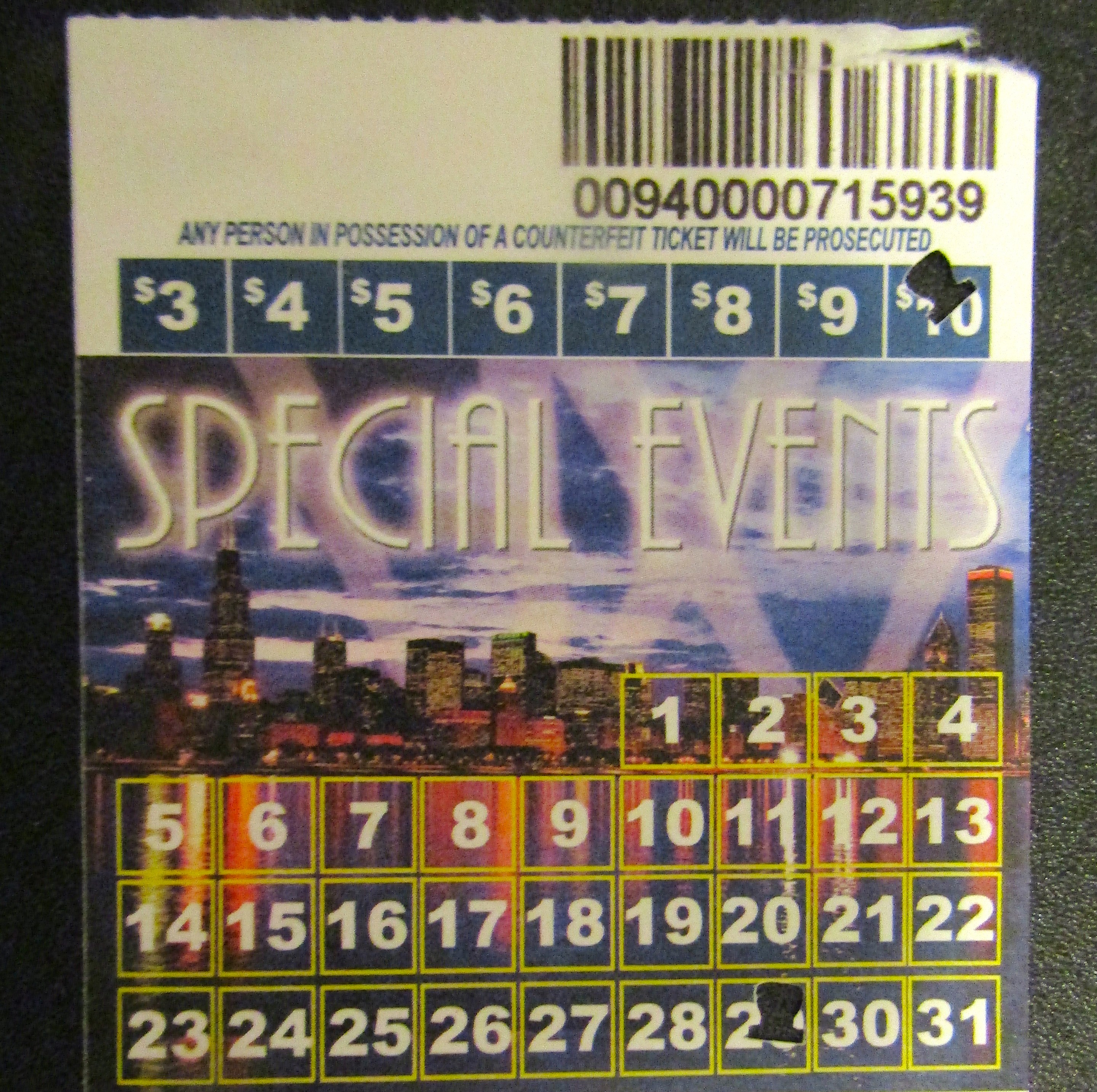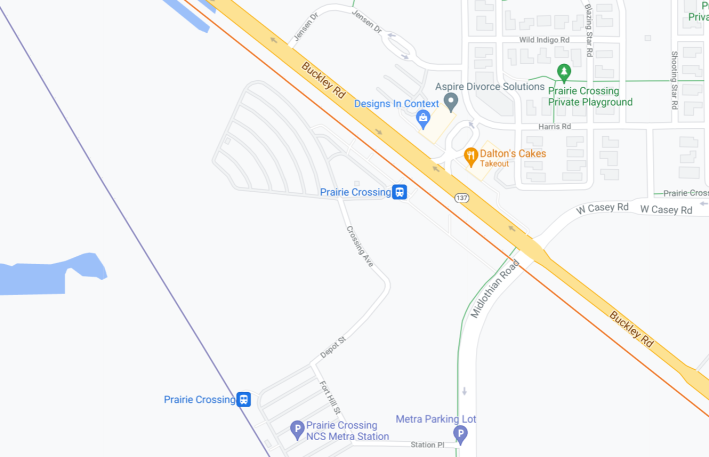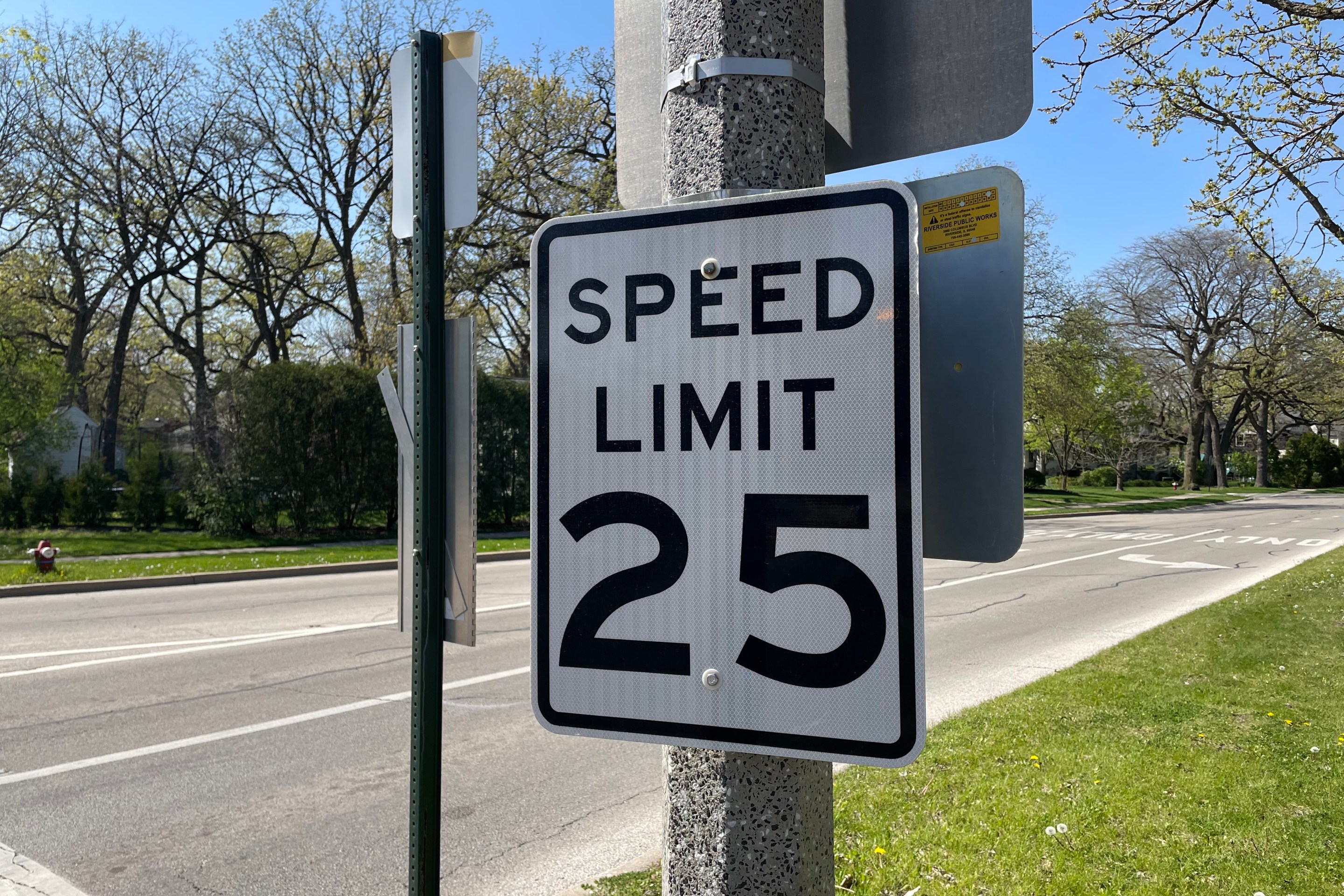That’s the ticket! Metra’s new All-Day Pass has been unexpectedly successful
7:52 PM CDT on June 29, 2021

The Metra All-Day Pass. Photo: Igor Studentkov
Last year, Metra launched two new unlimited ride passes – one that has been in the works for years and one that was meant to be a temporary. But it is the later that has proven to be more popular with the riders, surviving more than 12 months beyond its original expiration data.
The Metra All-Day Pass was introduced on June 1, 2020 as the stay-at-home order was lifted and Metra brought back conductors. As the name suggests, the pass offers unlimited rides throughout the entire Metra system for a single weekday, the way Metra Weekend Passes have done for weekends for decades. The Round Trip Plus pass, which was originally recommended in the 2016 fare structure study, was introduced in September 2020 and functions more like a Metra monthly pass, offering unlimited rides for a single day within specific fare zones.
The advantage of passes in the pandemic era is that the conductors only need to glance at them, which reduces contact. While the All-Day Pass can be purchased both through the Ventra app and from a conductor/ticket agent, Round Trip Plus is Ventra-exclusive.
The All-Day Pass was originally only meant to last a few weeks. But the pass proved to be popular, leading Metra to extend it several times – most recently until Sept. 30. According to the railroad, about a third of all riders currently use it. Meanwhile, the Round Trip Plus pass accounted for only 0.2 percent of the riders last September, although use has been slowly and steadily growing since then.
Pass Overview and Transfers
Unlike CTA and Pace, Metra fares are zone-based. The longer the trips were, the more the riders had to pay. In this structure, the All-Day Pass’ biggest advantage is cost – at $10, it’s generally cheaper than the cost of a round trip between all fare zones except A-B.
The two exceptions to that rule are the Metra Electric and Rock Island District lines. Under the Fair Transit South Cook fare pilot, which launched last January, their regular fares are the same as reduced fares, which means that a round trips to the furthest fare zone the lines reach (Fare Zone H at Joliet) costs $8.
Meanwhile, Round-Trip Plus passes cost the same as two one-way tickets between the fare zones marked on the pass. Unless you takes more than two trips, the pass doesn’t save you money, but it does make the process of buying a round-trip ticket more seamless. While the Metra Board of Directors originally approved the pass during its May 2018 meeting, the railroad held off launching the pass until the September 2020 Ventra app update.
Both passes allow riders to seamlessly transfer between lines. With one-way and 10-ride tickets, riders can make transfers, but only within the same fare zone and direction of travel. For example, when riders buy a one-way ticket between fare zone A-J, they can take a Milwaukee District North Line train from Chicago to Prairie Crossing, transfer to the North Central Service line and use the same ticket to go all the way to the north end of that line in Antioch. But they wouldn’t be able to use that ticket on the North Central Service train heading back toward the Loop, since it would be going in the inbound direction. The one exception to the direction rule is transfers between branches of the same line.

The current pandemic schedules provide far fewer transfer opportunities than before the crisis. For example, since North Central Service is currently running on a limited, rush hour orientated schedule, there simply aren’t many opportunities to transfer at Prairie Crossing, and the transfer I discussed above is currently impossible. But July 19 schedule changes will add some options. For example, it would once again be possible transfer between the Heritage Corridor and RID again (at least in late afternoon) without having to wait in Joliet for over two hours.
Pass Ridership Patterns
According to statistics provided by Metra, Round Trip Plus use went up significantly between September and October 2020, both in terms of percentage of overall ridership and actual numbers, going from 0.2 percent (or 779 riders) to 1.9 percent (8,419 riders). The numbers dipped in November 2020 as Illinois saw a rise in COVID-19 cases and hospitalizations, to 1.6 percent (5,563 riders). While the number of riders using the passes shifted up and down in winter and increased through spring, in terms of percentage of overall riders, the numbers have increased consistently December 2020, going from 2.1 percent to 4.8 percent of overall ridership.

Meanwhile, the statistics for the All-Day Pass fluctuated throughout 2020, both in terms of numbers and percentages, staying within the 20-25 percent range. In terms of raw numbers, the pass saw its peak usage in October 2020, with 104,061 riders, and it saw the highest percentage of riders in December 2020, with 25.4 percent of overall ridership. In 2021, the percentage settled more into a 14 percent average, gradually declining over the past three months, though the actual number of riders who used them has been increasing.
It should be noted that, Metra’s overall monthly ridership increased in June and July 2020, stayed within a similar range in August – November 2020, and saw a noticeable drop in November 2020 where it virtually plateaued until it started increasing again in March 2021. At least some of the changes in ridership seem to reflect the fall 2020 ridership drops and Spring 2021 ridership increases. But it doesn’t explain the noticeable decrease in All-Day Pass use and increase in Round Trip Plus pass use in January 2021.
As I mentioned earlier, the Fair Transit pilot kicked off on that month, and Round Trip Plus passes became cheaper than All-Day passes on MED and RID lines. If the change did have any effect on system-wide pass use, it was temporary, since the raw numbers for both passes have been increasing in the spring.
One recent change that may affect those numbers is the resumption of fare collections on the three Union Pacific Metra lines. While the pandemic scrambled the usual ridership patterns, Union Pacific Northwest and Union Pacific North lines have been consistently among the five highest-ridership lines since June 1, 2020. Until the fare collection resumed, riders were, in practice, able to transfer between the two lines at the Clybourn station without paying for their trip, because no one was checking tickets.
It remains to be seen how much fare-collection will affect the overall pass use, and how it would be affected by the general system ridership increases, but Metra has at least another three months to find out.
In its announcement of the latest extension of the All-Day Pass, the railroad touted it as a “popular and affordable fare option for travelers during the COVID-19 pandemic.” Metra executive director Jim Derwinski described it as a flexible option for commuter returning to in-person office work.
“We understand that over the summer months many workers will be returning gradually from remote work,” Derwinski stated. “The $10 All-Day Pass offers our current customers and customers new to our system the flexibility they need right now at a significant cost savings.”
Stay in touch
Sign up for our free newsletter
More from Streetsblog Chicago
State legislators pushing for merging CTA, Pace, and Metra into one agency spoke at Transit Town Hall
State Sen. Ram Villivalam, (D-8th) and state Rep. Eva-Dina Delgado (D-3rd), as well as Graciela Guzmán, a Democratic senate nominee, addressed the crowd of transit advocates.
Today’s Headlines for Tuesday, April 30
Equiticity and ATA: Passing a 25 mph speed limit should be combined with street redesigns that calm traffic
Equiticity, a mobility justice nonprofit, says the new speed limit shouldn't involve increased enforcement, which it says would disproportionately impact drivers of color
Johnson appoints one West Side pastor to CTA board, then nominates another West Side pastor for RTA board
Supporters argue that, despite his lack of transit expertise, Ira Acree’s social justice experience and political connections could be an asset for the RTA board.



